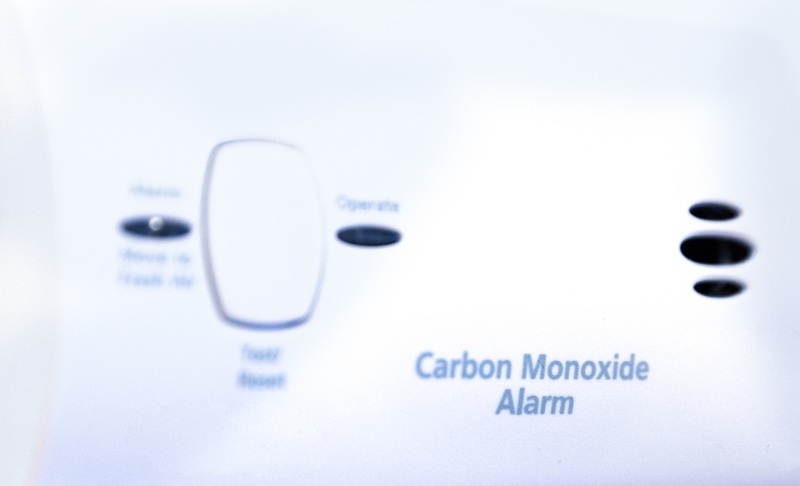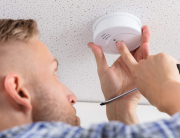In every home, carbon monoxide can prove to be an invisible menace which is often extremely hard to spot. Therefore, it is crucial that you set up an alarm to pick up on toxic gas which could prove fatal to your family. However, while it might be reasonable to assume that you can just leave a carbon monoxide alarm to perform on its own, you should make a point of testing your system on a regular basis.
In this guide, we are going to take a quick look at carbon monoxide testing, and how often you should be checking your alarm to make sure that it is working as you would expect it to
How Do Carbon Monoxide Alarms Work?
Carbon monoxide alarms sound an alarm when they sense a lot of carbon monoxide over time, there are different sensors which set off different types of alerts:
- Biomimetic: A gel changes colour when it absorbs carbon monoxide and the colour change triggers the alarm.
- Metal oxide semiconductor: The silica chips circuit detects carbon monoxide, which lowers the electrical resistance. This change triggers the alarm.
- Electrochemical: Electrodes in a chemical solution sense changes in electrical currents when they come close with carbon monoxide, which triggers the alarm.
When the alarm sounds, the carbon monoxide alarm must be in a carbon monoxide-free place to silence the alarm.

How Often Should I Check My Carbon Monoxide Alarm?
Generally, you should be testing your carbon monoxide alarm at least once a month. With most alarms you can do this by pressing the test button for a few seconds. This is also a good time to review a home fire exit plan with those who live with you in the home.
A good carbon monoxide alarm should last a few years from the start of service. Therefore, you shouldn’t expect it to need replacing altogether until at least five years after you first set it up.
Will My Alarm Tell Me if There’s a Problem?
Yes, not only will a carbon monoxide alarm tell you if there is toxic gas in the air, it will let you know if its batteries need replacing, or if you need to replace the unit altogether. The exact warnings for these signals will vary from unit to unit, but you can generally expect an alarm to beep once a minute if the batteries need switching out.
It’s likely to beep more often if you need to change the whole unit but this is very rare. It’s always a good idea to make sure that you read the instruction manual provided with your carbon monoxide alarm so you can distinguish between the warnings, and so you know what to do when you receive an alert.
If you are finding that it is making odd noises, it may be that you need to just replace the batteries. Generally, you should find that you need to replace your batteries around six months into every cycle.
Why Test a Carbon Monoxide Alarm?
Just as you would test an everyday smoke alarm, testing a carbon monoxide alarm means that you are simply checking that it is still performing as it should. Otherwise, you may be at risk of carbon monoxide creeping in and seriously putting your family at risk.
Always read the instructions for your carbon monoxide alarm and make a point of testing your units regularly. Otherwise, you may not know there is a problem until it is much too late.
If you would like to find out more about how Northants Fire can help you, please get in touch today on 01604 760600 or head over to our contact page for more details.






